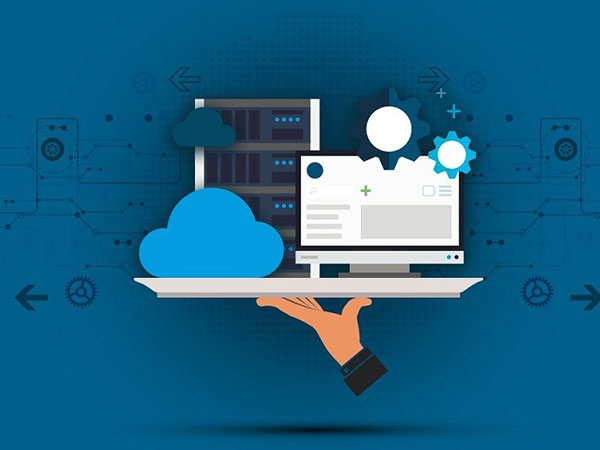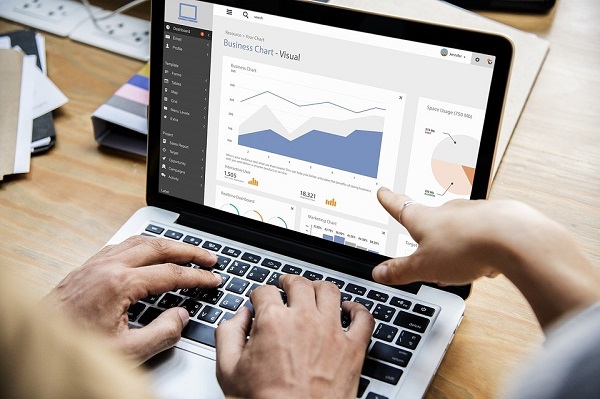Data center managers know that uptime is everything. A better-kept secret is the way efficiency, in all its forms, can influence uptime for better and worse.
Bringing greater efficiency to data facilities might sound complicated, but a mind for the following fundamentals can help you get it done.
1. Achieve a consistent temperature and environment
There’s no efficiency without consistency. That means the temperature and humidity in your existing or planned data center is incredibly important. We all know how much heat this kind of equipment can generate. What’s the optimal temperature balance in the quest for efficiency?
You may be familiar with industry standards for data centers — such as keeping them between 68 and 71 degrees Fahrenheit. Interestingly, Google is famous for running some of its most efficient data facilities at a comparatively sweltering 95 degrees Fahrenheit in some cases.
If anything, this proves the importance of paying attention to your region and the needs of your specific building. An independent energy audit might indicate you can turn down your climate control and recover some extra cash every month.
2. Use smarter tools for monitoring
You’ve probably become familiar with some server equipment monitoring techniques in your quest for perfect uptime. However, we’ve got even more sophisticated tools at our disposal today for diving into the health, performance, and energy and bandwidth demands of the equipment and facilities we manage.
A cottage industry has sprung up around third-party monitoring software that can deliver insights into real-time bandwidth use, as well as ongoing and future energy needs. It also looks into factors that can help dial in the right settings or, in some cases, identify the ideal time to purchase newer, more capable or more efficient equipment. The best tools provide a holistic view of your infrastructure, including your data centers and network architecture.
3. Know how to reduce EMI interference
Some sources of trouble in data centers are better hidden than others — even when they are easily seen in broad daylight. Electromagnetic (EM) interference is all around us, but even seasoned data center architects sometimes overlook the effect it can have on the efficiency and lifespan of data center equipment.
Where does it come from? As it turns out, the physical structure of data centers contributes a great deal of EMI to the server equipment within:
- Long runs of high-power cabling
- Transformers
- Uninterruptible power supplies (UPS)
In other locations, airports, power transmission stations, and electric railway tracks can also have a negative effect on data centers. Any of these nearby sources of EMI can damage cables by causing surges in voltage. Surges like this in a data operation mean more noise, which requires receivers to retry packet transmissions multiple times.
It’s a bit like a hiccup — and it’s conducive neither to data center efficiency nor to the longevity of the equipment inside. Even if you think you’ve accounted for every possible source of EMI, employing an expert might mean using measurement equipment, including spectrum analyzers, amplifiers, and antennas to be certain.
4. Wherever possible, engage in creative design
The U.S. Office of Energy Efficiency & Renewable Energy has some suggestions for any company that builds or depends on data centers for its livelihood. In an increasing number of cases, taking a little more care in the physical design of data facilities can yield energy and cost savings.
In one example, a data center swapped its air conditioning system with two separate air exchange systems. Afterward, the facility was able to get by with just 33 hours of active air conditioning per year, even though the facility itself never sleeps.
This isn’t even an extreme case — but you do need the right kind of climate to take advantage of this setup. Data protection laws are one reason to be choosy about where to build these centers. An efficiency-conducive climate turns out to be another.
5. Bulk up your security wherever needed
There’s no more important measure of a data center’s efficiency than its reliability — at least where the owners of all that data are concerned. Anybody who works with vast quantities of information or stacks of server equipment knows reliability means uninterrupted uptime.
Of all the factors under your control that might have a bearing on uptime, lapses in physical security can be especially unforgiving. It’s not very common these days for thieves to bust open a parked car to get at a tape deck or an ipod, but there are certainly people in the world who have their eyes on expensive computing and server equipment, as too many modern headlines can attest.
Sometimes targets are interested in the “crypto mining” potential of that hardware. Other times, the server equipment, possibly including any intellectual property it contains, are valuable enough in their own right.
The point is, security can’t be overlooked at any point — especially if you value efficiency. In addition, you’ll want to protect your reputation as a service provider, data host or business partner.
6. Eliminate redundancy with extreme prejudice
There are two kinds of redundancy in data center management: the kind that ensures one server covers for another in case of a failure, and the kind where you have machines that aren’t actually earning you money or providing value.
Some older data centers might be overdesigned today, in an age when virtual computing environments have reduced the need for physical infrastructure in a lot of cases. As you seek ways to improve your facility’s overall efficiency, look for opportunities to consolidate equipment and virtualize your servers. Eliminate anything that’s not useful any longer or not pulling its weight.
If you proceed with these principles in mind, bringing tighter management and greater efficiency to your data facility is well within your reach.










![7 data-driven ways to optimize your online store for mobile [Infographic]](https://crayondata.ai/wp-content/uploads/2019/11/optimize-1.jpg)


![Top tips and tricks to improving your customer experience [Infographic]](https://crayondata.ai/wp-content/uploads/2019/01/customer-journey-1.jpg)









